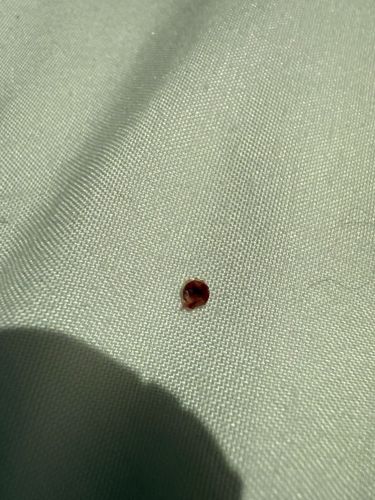Bed Bug
Scientific Name: Cimex lectularius
Order & Family: Hemiptera (Order); Cimicidae (Family)
Size: Adults are typically 4-5 mm (0.16-0.20 inches) long.

Natural Habitat
Primarily nocturnal, they live in cracks and crevices in beds, mattresses, bed frames, headboards, and nearby furniture. Can also be found behind wallpaper, under floorboards, or in electrical outlets.
Diet & Feeding
Strictly hematophagous, meaning they feed exclusively on the blood of warm-blooded animals, primarily humans.
Behavior Patterns
Nocturnal feeders, emerging from hiding spots to feed on sleeping hosts. They are attracted to carbon dioxide and body heat. They can go long periods without feeding (several months to over a year in some cases).
Risks & Benefits
Potential risks include itchy bites, allergic reactions, secondary skin infections from scratching, and psychological distress (anxiety, insomnia). They are not known to transmit diseases to humans. There are no known benefits to humans or the ecosystem.
Identified on: 11/3/2025